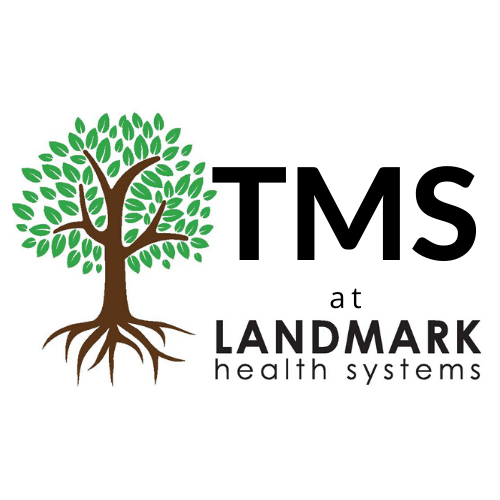Patient Experiences
When it comes to a new form of treatment such as TMS, making people feel comfortable about trying it for the first time may be difficult. The research showing the efficacy of TMS is mounting and we are really beginning to get more accurate data on how it works, for whom it works and how well it works. However, showing someone data from a research study doesn’t always do the trick. People still want to know, does this really work? That’s why NeuroStar feels that it is extremely important that people looking into TMS treatment hear from real-life individuals who have actually tried it (link to NeuroStar Patient Experiences website below).
While on the NeuroStar website, you may also want to check out Martha Rhode’s memoir called 3000 Pulses Later, which highlights her experience with depression, her suicide attempt and how TMS gave her hope.
Although the NeuroStar website has many great resources regarding patient experiences, we wanted to highlight a Men’s Health Magazine featured column from May of 2018 for Mental Health Awareness Month in which a man described his experience with TMS (link below). In the article, he describes how his issues with depression began with anxiety, and once his anxiety was under control, he realized that there was underlying depression that he was experiencing. He describes this as “wandering around aimlessly through life without any enjoyment.” This past week, we had our first patient finish their TMS treatment. And from what we saw, and by their account, their experience with depression was very similar to the man who wrote the column for Men’s Health. They were living life either out of control anxious and worried about everything that they could not control, or they were having a hard time getting out of bed and using prescription stimulants to get by.
What is fascinating about their experiences when looking at them side-by-side is that not only were their experiences with depression was almost identical, but so were their experiences with TMS.
The man in the article said, “In the beginning, I started feeling more moments of happiness, but there were also some days where I didn't know if it was working or not — but it could have been the depression talking.” These words could have been taken right out of our patient’s mouth. Additionally, they both reported that as time went on, the good days became more prevalent, and the moments of sadness started to dwindle, but did not go away completely.
The point that we, as well as NeuroStar are trying to make is that if you ask a majority of people who have tried TMS what their experience was like, you may hear similar responses. This is not a cure-all for depression, but it creates a glimmer of hope for people who otherwise may not have had it. It gives them some good days when all they had before were bad days. In other words, this could be the start of a turning point in someone’s life.
Although the research data is great, and provides us with a lot of valuable insight into what TMS is and what it does, it doesn’t reach the heart quite like hearing patient experiences does. And when attempting to help someone who is hurting, getting to their heart may be the most important thing that we can do.
Links:
https://neurostar.com/tms-therapy-patient-reviews-experiences/
https://www.menshealth.com/health/a20833041/transcranial-magnetic-stimulation/
